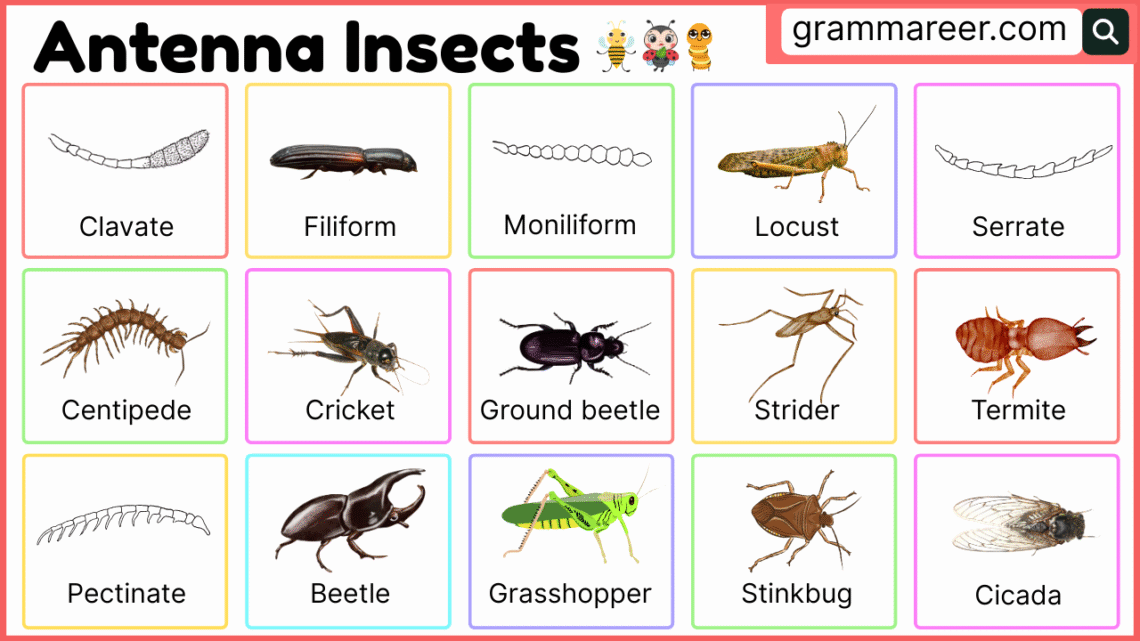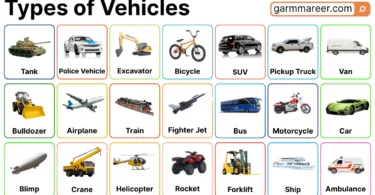Understanding the types of insect antennae is key to identifying species and studying their behavior. These sensory organs help insects detect smells, vibrations, and changes in the environment. This blog post explains each type in detail with names and functions to boost your entomology knowledge.
Table of Contents
Insect Antennae and their Pictures
Insects have paired antennae located on their heads, typically segmented and covered with sensory receptors. They come in various shapes, from thin and hair-like to broad and feathered.
- Pectinate: Antennae shaped like a comb with evenly spaced projections, commonly found in moths.

- Serrate: Saw-edged antennae segments, enhancing sensory perception in certain beetles.
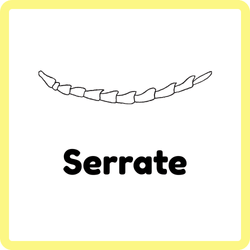
- Clavate: Antennae gradually thickening toward the tip, resembling a club, useful for beetles in sensing food sources.

- Moniliform: Antennae resembling a string of beads, with rounded segments, commonly found in termites.
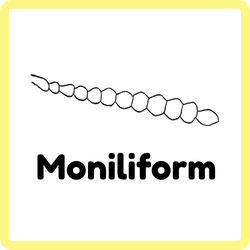
- Earwig Bug: Nocturnal insect with forceps-like pincers at the abdomen’s end, used for defense, mating, and manipulating prey.
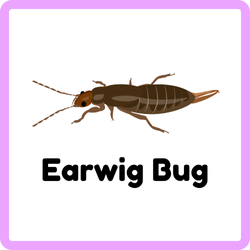
- Filiform: Thread-like antennae segments, common in grasshoppers and crickets, aiding precise touch.
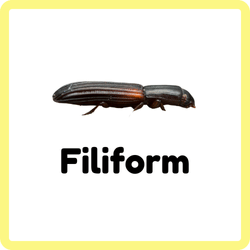
- Centipede: Long, segmented arthropod with numerous legs, venomous fangs and predatory habits
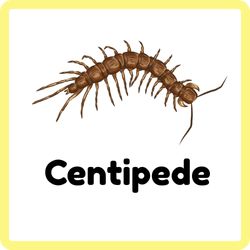
- Cricket: Jumping insect known for chirping sounds produced by rubbing wings, strong hind legs and long antennae.

- Cicada: Loud-singing insect with transparent wings, seasonal emergence, and a diet of plant sap in warm months.

- Stinkbug: Shield-shaped insect that emits a foul odor, feeds on plants, and can cause significant crop damage.
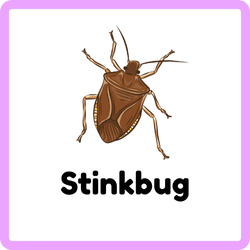
- Grasshopper: Plant-eating insect with powerful hind legs for jumping, short antennae, and the ability to produce sound by rubbing hind legs against wings.

- Locust: Swarming grasshopper species that form large groups, consuming vast vegetation and threatening crops in ideal breeding conditions.
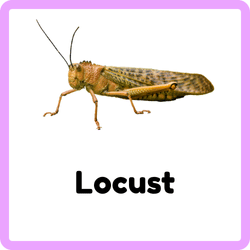
- Ground Beetle: Fast predatory beetle with strong mandibles, hunting pests at night and aiding in garden pest control.
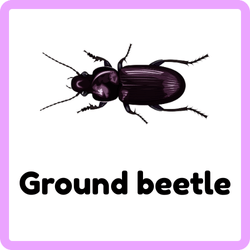
- Termite: Colony-dwelling insects that feed on cellulose, aiding decomposition but often damaging wooden structures.
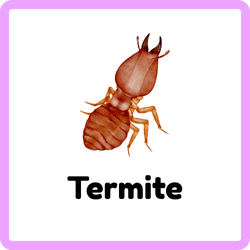
- Strider: Insect able to walk on water using long legs and surface tension, hunting small prey on pond and stream surfaces efficiently.
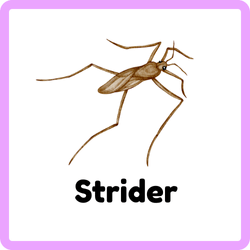
- Beetle: Insect with hardened forewings protecting soft hind wings, diverse in diet and habitat, and the largest group in the animal kingdom.
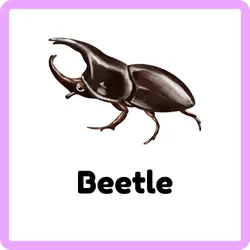
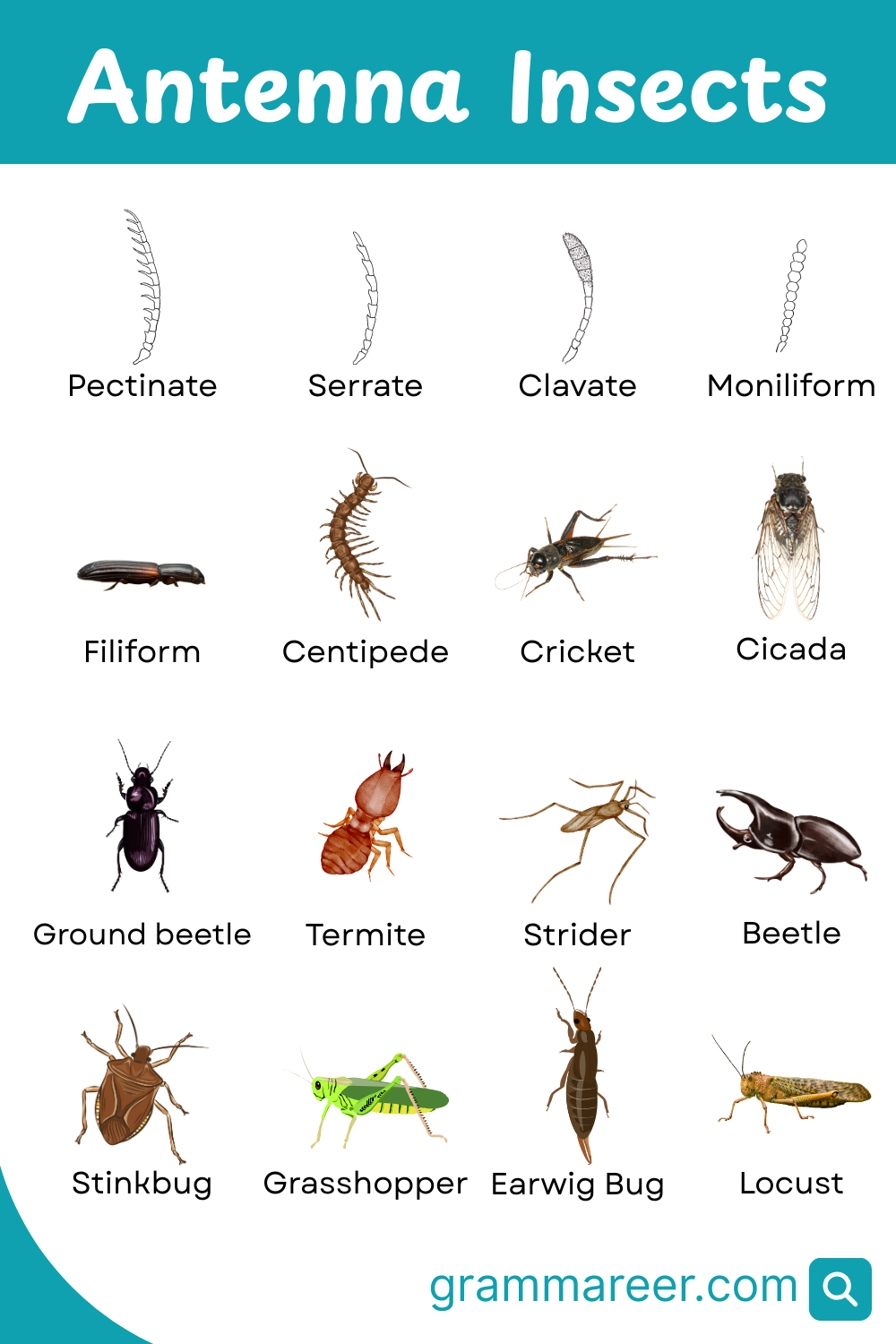
What are Functions of Antennae in Insects
Antennae serve multiple purposes depending on the species and environment:
- Smelling and tasting chemicals in the air or on surfaces.
- Sensing movement and vibrations for detecting predators or prey.
- Navigating and finding mates using pheromone detection.
- Measuring humidity and temperature to adapt to surroundings.
Main Types of Insect Antennae
Filiform Antennae
Straight, thread-like segments of equal size, common in many insect orders.
- Grasshopper: Uses filiform antennae for detecting plant odors.
- Cockroach: Helps in sensing air movement and smells.
- Cricket: Detects vibrations and scents from far distances.
- Earwig: Assists in locating food and mates.
- Ground beetle: Senses prey movement at night.
Moniliform Antennae
Bead-like segments, giving a necklace appearance.
- Termite: Detects pheromones for colony coordination.
- Click beetle: Feels vibrations in soil and plants.
- Darkling beetle: Locates food in desert habitats.
- Bark beetle: Smells tree chemicals to find suitable wood.
- Some ants (Leptogenys): Aid in navigating underground tunnels.
Serrate Antennae
Saw-like edges on each segment.
- Click beetle: Detects plant and soil cues.
- Saw-toothed grain beetle: Locates stored grain products.
- Longhorn beetle: Finds host trees for laying eggs.
- Fire-colored beetle: Senses decaying wood habitats.
- Cucujid beetle: Smells moldy or rotten organic matter.
Pectinate Antennae
Comb-like extensions on each segment.
- Glowworm beetle: Locates mates using chemical scents.
- Firefly: Detects female pheromones at night.
- Silk moth: Males sense female scent from long distances.
- Plume moth: Feels changes in air currents.
- Bearded weevil: Identifies host plants.
Plumose Antennae
Feathery appearance with fine hairs for detecting air-borne chemicals.
- Male mosquito: Detects female wing-beat frequency.
- Midge: Senses mates in swarms.
- Luna moth: Finds mates during short adult life.
- Caddisfly: Detects water-based chemical signals.
- Owlet moth: Tracks floral scents at night.
Aristate Antennae
Short, pouch-like with a bristle (arista) at the tip.
- Housefly: Detects odors in urban environments.
- Fruit fly: Senses fermentation smells.
- Tsetse fly: Detects host body heat and CO₂.
- Stable fly: Locates animal hosts for feeding.
- Blowfly: Finds decaying matter for egg-laying.
Clavate Antennae
Gradually club-shaped towards the tip.
- Carrion beetle: Detects carcass odors.
- Sap beetle: Finds fermenting fruits.
- Ladybird beetle: Locates prey like aphids.
- Darkling beetle: Feels surface textures of seeds.
- Weevil (certain species): Senses stored grains.
Capitate Antennae
Abruptly clubbed tips, common in pollinators and scavengers.
- Butterfly (swallowtails): Aids in balance during flight.
- Carpet beetle: Detects fabrics and organic matter.
- Sap beetle: Locates overripe fruit.
- Blister beetle: Smells plant chemicals.
- Nitidulid beetle: Feeds on flowers and sap.
Stylate Antennae
Long, slender style emerging from the last segment.
- Robber fly: Detects prey movement mid-air.
- Horsefly: Senses host body heat.
- Snipe fly: Finds mates in open habitats.
- Dance fly: Locates swarming females.
- Bee fly: Detects floral nectar scents.
Lamellate Antennae
Segment tips form plate-like lobes.
- Scarab beetle: Detects plant and dung odors.
- June beetle: Locates mates at night.
- Dung beetle: Smells animal waste from far distances.
- Goliath beetle: Finds tree sap and fruit.
- Rhinoceros beetle: Senses tree sap.
Geniculate Antennae
Elbowed shape with a distinct bend.
- Ant: Communicates with colony members.
- Bee: Detects flower odors and vibrations.
- Wasp: Finds prey or nesting sites.
- Termite soldier: Senses intruders.
- Leaf-cutting ant: Smells plant leaves for farming fungus.
Setaceous Antennae
Bristle-like, narrowing towards the tip.
- Dragonfly: Detects wind changes during flight.
- Mayfly: Senses mates in swarms.
- Damselfly: Feels air pressure changes.
- Stonefly: Detects movement in rippling water.
- Dobsonfly: Locates mates near streams.
Antennae Adaptations in Different Insect Groups
Antennae in Beetles
Beetles show high variation, some have lamellate, others serrate or geniculate forms, adapted for smelling food sources like wood or flowers.
- Scarab beetle: Lamellate for strong odor detection.
- Click beetle: Serrate for sensing vibrations.
- Ladybird beetle: Clavate for prey location.
- Longhorn beetle: Serrate for host plant detection.
- Dung beetle: Lamellate for smelling waste.
Antennae in Butterflies and Moths
Butterflies usually have clavate or capitate types, while moths may have plumose or filiform for detecting mates at night.
- Monarch butterfly: Capitate for flight balance.
- Swallowtail butterfly: Capitate for navigation.
- Silk moth: Plumose for detecting mates.
- Luna moth: Plumose for scent detection.
- Hawk moth: Filiform for flower tracking.
Antennae in Flies
Most flies feature aristate antennae for detecting smells and sensing air movement.
- Housefly: Aristate for urban odors.
- Fruit fly: Aristate for fermentation detection.
- Robber fly: Stylate for prey sensing.
- Tsetse fly: Aristate for host detection.
- Horsefly: Stylate for heat sensing.
Antennae in Ants and Bees
These insects possess geniculate antennae, which allow them to fold and move them precisely for communication via pheromones.
- Honeybee: Geniculate for flower odor detection.
- Carpenter ant: Geniculate for trail following.
- Leaf-cutting ant: Geniculate for leaf selection.
- Bumblebee: Geniculate for vibration sensing.
- Wasp: Geniculate for prey location.
FAQs about Insect Antennae
They are made of segments called scape, pedicel, and flagellum, containing sensory cells.
Most will struggle to navigate, find food, or mate without them.
No, antennae shapes differ widely based on function and habitat.
Some longhorn beetles have antennae longer than their bodies.
No, They also detect humidity, vibrations, and temperature.
You May Also Like

